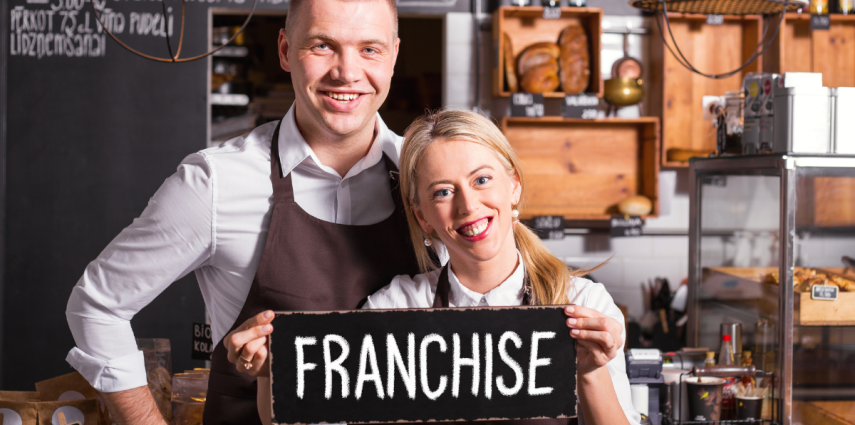In today’s fast-moving hiring landscape, recruiters don’t just need more candidates—they need better tools. That’s where Applicant Tracking Systems (ATS) come in. Whether you’re a seasoned HR pro or a small-business owner hiring your first employee, understanding how an ATS works can transform the way you attract, evaluate, and hire talent.
So let’s break down the most important questions people ask about ATS software—and give you clear, honest answers that actually help.
1. What exactly is an Applicant Tracking System?
An Applicant Tracking System is software that helps organizations manage the entire hiring process—from job posting to candidate selection. Think of it as your digital recruiting command center.
Instead of juggling emails, spreadsheets, and sticky notes, an ATS centralizes everything:
✔ job postings
✔ applicant resumes
✔ interview notes
✔ communication
✔ compliance documentation
✔ hiring workflows
With an ATS, you’re not just tracking applicants—you’re creating a smoother, faster, and more consistent hiring experience for everyone.
2. Why do companies use an ATS?
Because hiring today is overwhelming.
Most job postings attract hundreds of applicants, and sorting through them manually isn’t just stressful—it’s risky and time-consuming.
Companies use an ATS to:
- Save time by automating repetitive tasks
- Improve organization with structured workflows
- Stay compliant with hiring regulations
- Enhance candidate experience (because no one likes being ghosted)
- Make better hiring decisions through data, not guesswork
In short: an ATS is the difference between hiring chaos and hiring clarity.
3. Can an ATS help me get more qualified candidates?
Absolutely.
Modern ATS platforms integrate with job boards, social media, career sites, referral tools, and more—making it easy to reach higher-quality applicants with a single click.
Most importantly, an ATS tracks where your best candidates are coming from. That means you can invest in the sources that actually deliver results and stop wasting money on ones that don’t.
4. Do ATS systems reject resumes automatically?
This is one of the biggest myths in talent acquisition.
While some ATS platforms use keyword screening or knockout questions, they don’t reject great candidates just because their resume isn’t “perfect.” Instead, they help recruiters prioritize applicants by skills, experience, and job fit.
A good ATS empowers recruiters—it doesn’t replace them.
5. Is an ATS only for large companies?
Not at all.
In fact, small and mid-sized businesses often benefit the most because they typically don’t have dedicated recruiting teams.
Many ATS solutions (including budget-friendly ones) are designed specifically for growing companies that need structure, automation, and efficiency without complexity or high costs.
If you’re hiring at least a few times a year, an ATS can drastically improve your workflow.
6. Will an ATS save me time and money?
Yes—but here’s how:
- Automated job posting cuts hours of manual posting
- Pre-screening tools reduce unqualified applicants
- Templates and workflows eliminate repetitive emails
- Centralized data stops the back-and-forth searching
- Faster hiring means fewer productivity losses
- Lower turnover thanks to better matching
Time saved = money saved. It’s that simple.
7. How does an ATS improve candidate experience?
Candidates today expect fast, mobile, transparent hiring. An ATS delivers that through:
- easy mobile applications
- streamlined communication
- automatic updates
- faster responses
- clearer next steps
A good experience doesn’t just help you hire faster—it strengthens your employer brand and helps you retain talent long-term.
8. What features should I look for in an ATS?
Look for a platform that offers the essentials and scales with your needs:
- Integrated job board posting
- Resume management and search
- Configurable workflows
- Email & SMS communication
- Interview scheduling
- Reporting & analytics
- Compliance tools
- Integrations (background checks, assessments, HR/payroll, WOTC, etc.)
- Mobile-friendly design
Most importantly: choose a system that’s intuitive. If it’s complicated, your team won’t use it—no matter how powerful it is.
9. Is an ATS hard to implement?
It doesn’t have to be. Many modern ATS platforms offer hands-on onboarding, data migration, training, and dedicated support.
The best ones are user-friendly right out of the box. If it takes months of configuration just to post a job, it’s not the right fit.
10. How do I know if my business is ready for an ATS?
If any of these sound familiar, it’s time:
- You’re drowning in resumes
- You miss follow-ups or interviews
- Hiring feels disorganized or inconsistent
- Managers complain they don’t know what’s happening
- Candidates fall through the cracks
- You’re growing and need to hire faster
- You want better insights and reporting
The right ATS doesn’t just support your growth—it accelerates it.
*Recently, Pereless Systems launched their AI mascot named Bradford! Bradford has over 25 years of talent management experience. After every blog, Bradford will provide his expertise in the intricate world of talent management software like never before.*
What Would Bradford Do?
Understanding Applicant Tracking Systems isn’t just helpful—it’s essential for hiring success in 2025 and beyond. An ATS gives you structure, speed, and visibility, all while improving the experience for recruiters and candidates alike.
Whether you’re scaling your team or refining your process, an ATS is one of the smartest, most impactful investments you can make in your hiring strategy.










